Canadian Ports Carbon Footprint
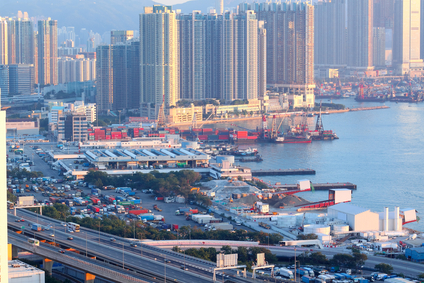 Canadian Ports Carbon Footprint: Encouraging Energy Efficiency through Incentives
Canadian Ports Carbon Footprint: Encouraging Energy Efficiency through Incentives
Controlling greenhouse gas (GHG) emissions and pollution caused by the marine shipping industry has always been a serious problem. Many of the marine shipping vessel companies do implement carbon emission control norms and do their best to bring down their carbon foot print. To help boost the efforts by the shipping companies, Canadian ports have implemented the Echo Action and Green Wave programs to help further encourage shipping companies to control their ports carbon footprint.
Marine ports intend on running each shipping vessel through an emissions test, each time it enters the port. This is to determine the amount of emissions released by the vessel. The vessels will be examined and rated using an A-G rating.
Rewards of Meeting the Canadian Port Energy Efficiency and Pollution Standards
The reward for achieving low carbon emissions and pollution standards will be a 10% discount of the vessel’s sea harbour dues. This may not seem like much, but with vessels paying harbour dues based on the tonnage being loaded and offloaded from the vessel, the total costs are large and saving 10% is a great incentive for any shipping company. Many vessel owners visiting the Canadian ports have been noted to take radical action towards reducing carbon emissions and meeting the required pollution level recommendations.
Other areas that port authorities examine and evaluate on each vessel include:
Engine fuel consumption with relation to exhaust emission levels
When measuring a ship’s pollution level, the test begins from the tail pipe, where the exhaust is released by the vessel. Combustion gasses released through the exhaust are the most damaging to the environment and health, since they escape freely in to the atmosphere. Today, there are several technologies developed to help manage exhaust gases released by marine vessels, but the most efficient are carbon scrubbers. Carbon scrubbers help filter the exhaust gases, retaining the majority of Co2 in the scrubbers’ filter, which can later be disposed of in a safe manner. Vessels that use or install the scrubbers are more likely to score better grades and secure more discounts from the Canadian ports.
Oil and lubrication waste management
Vessels also require lubrication like oil and grease to function properly. Oil lubrication is one example of a lubricant which can be used and repacked for proper waste disposal or recycling. This means that shipping vessels must maintain an accurate record of all incoming and used lubrication, which will also contribute towards determining the vessel’s energy and fuel efficiency.
Human Waste Management
Another important area which shall be closely examined is the management of human waste. This includes sewage, laundry and any other polluted water which requires being treated and neutralized before being released in to the open ocean. There is also the concern linked to solid waste produced by the vessel’s employees while on voyages. In this case, a record of food stocks, consumption and the amounts of solid waste, like packaging, will be evaluated to determine how the vessel’s staff has been managing their synthetic waste. More waste will generally mean they stored synthetic packaging for proper processing while at port, while less waste will suggest they have been dumping their solid waste out at sea which is bad for marine life.
The discount incentives being offered by the Canadian ports have seen many of the regular shipping vessel owners taking the necessary steps to improve the energy efficiency of their ships. This is because being able to pass the test on just 10 visits will result in the company having saved full trip dues at the harbour.

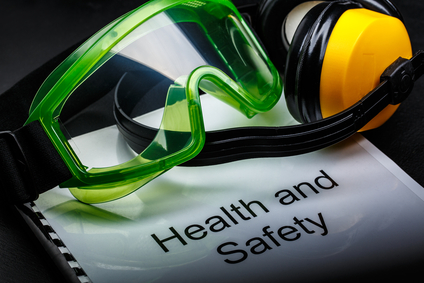
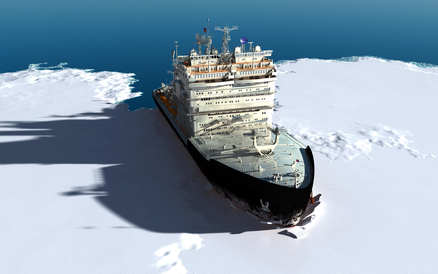

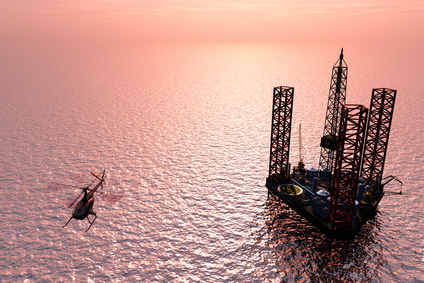
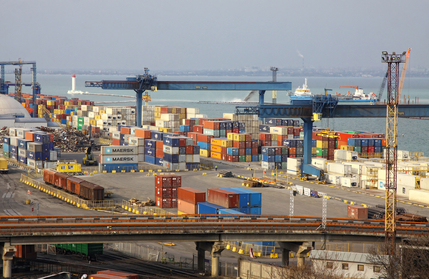

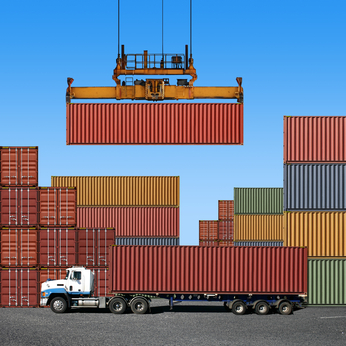 Best Practices to Manage Shipping Freight Costs
Best Practices to Manage Shipping Freight Costs

